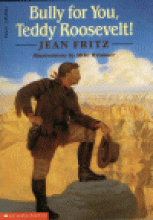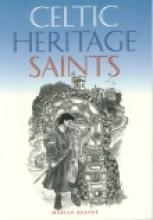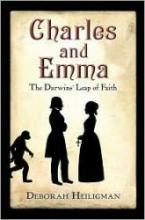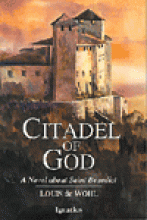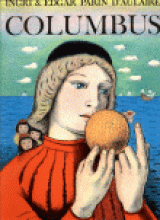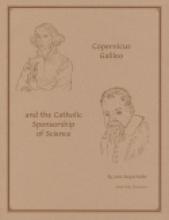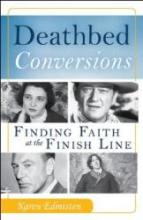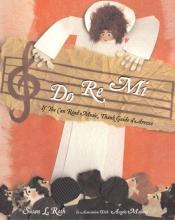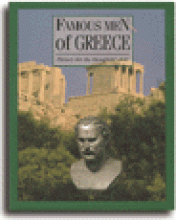Biographies
Bully for You, Teddy Roosevelt
Celtic Heritage Saints
My children enjoyed the stories as a read aloud (especially appropriate for celebrating Saint Patrick's day, but it would also make an enjoyable and very worthwhile addition/supplement to a study of this era of history for almost any grade level.
Charles and Emma
While the book could be read by a younger audience, the book contains too many narrow and misleading religious statements to be read by a child without the ability to see through these serious faults. It does give a deeper perspective regarding religion in 19th century England and the faith of Charles and Emma Darwin, though unfortunately through an anti-religious filter.
Citadel of God
Against this backdrop, the novel goes on to tell of the lives of Boethius, who becomes governor for the king in spite of his patriotism for the dying Rome; Peter, the young would-be assassin and patriot, who grows up to become a conflicted Byzantine ambassador; and Benedictus, who becomes appalled by the corruption in Roman society and retreats into the wilderness to become a hermit. Eventually he founds several monasteries and travels to Montecassino. He drives out pagan sorcerers, works miracles and founds a monastery that truly became a "Citadel of God" that stood against paganism and Arianism, while the scholar Boethius is jailed and executed by the increasingly paranoid king, after writing The Consolation of Philosophy.
This book is strongly and vividly written, telling an epic tale of several famous lives intertwined during this unstable and critical time in the history of Christendom. The reading and interest level are suitable for ages 14 and up; however, the emotional maturity level may be somewhat higher. There are a couple of scenes, as when a Roman lady tries to seduce the young Benedictus, or a corrupt Christian priest converses with his mistress, that though not overly graphic might be unsuitable to some young readers.
Columbus
This is another great biography by the D'Aulaire's. Well told and beautifully illustrated, this book will introduce you to Columbus' boyhood dreams, some of the reasons why he (and others) believed the earth was round, his early sailing days and interest in the tales of Leif Ericson, and of course the story of his family, his long quest for sponsorship of his desired trip and finally his voyages to America. Most adults don't know as much about Columbus as your children can learn from this story.
Copernicus, Galileo and the Catholic Sponsorship of Science
The Galileo controversy is a big issue for Catholics and non-Catholics alike. Any number of resources commonly used by Catholic homeschoolers (such as Protestant high school science texts, certain biographies, novels, and many more) will portray this issue incorrectly. Homeschool parents teaching their children about faith and reason and homeschool students preparing to go out into the "real world" cannot afford to be clueless about this issue. I highly recommend this resource.
Deathbed Conversions
Do Re Mi
A dear blog reader recommended this picture book on the life of Guido d'Arezzo, the Benedictine monk who came up with the system for writing music one thousand years ago–the same system we still use today. I requested it via inter library loan since our library does not own the title.
I liked the way the life of the monks is described, but I wonder about the illustrations... in the book the monks look more like Dominicans in white habit... Honestly, my wish is for the book to be re-ilustrated by another artist! Still, a very nice cultural picture book and... you may not mind the style of the illustrations!
Famous Men of Greece
The introduction gives a brief description of the pantheon of mythical gods and goddesses of Greece. The book explains that this is how the Greek citizen of ancient times would have started with the historical record -- that though we call these stories "myths" now, they tell us something about how the people thought in those days. From there, the first nine chapters cover figures of legend -- where possible truth is mixed with make-believe. These stories are also important to Greek history, because they show what the Greeks valued in their heroes and the stories they learned and told to each other. Starting with Chapter X on Lycurgus the Spartan who lived in the 9th century B.C., we reach the actual historical record. The book advises the student to learn to discern between history, legend and myth in his reading and to ask himself "What things in this story could really have happened?"
My children, who use this book as a history spine in 4th grade, have all loved these tales of Greek heroes and statesmen. In addition to showing the continuum between legend and historical records, these books provide what to me is of first importance: lessons in evaluating people and events through an ethical, Christian perspective. History learned by stories is more easily remembered for children grades 3 to 7 than lists of facts and details to memorize for tests. Also, this is the way the ancients themselves learned and wrote history; showing the importance of their values through the lives of their good and their bad leaders.
Copyrights 1904/1989

